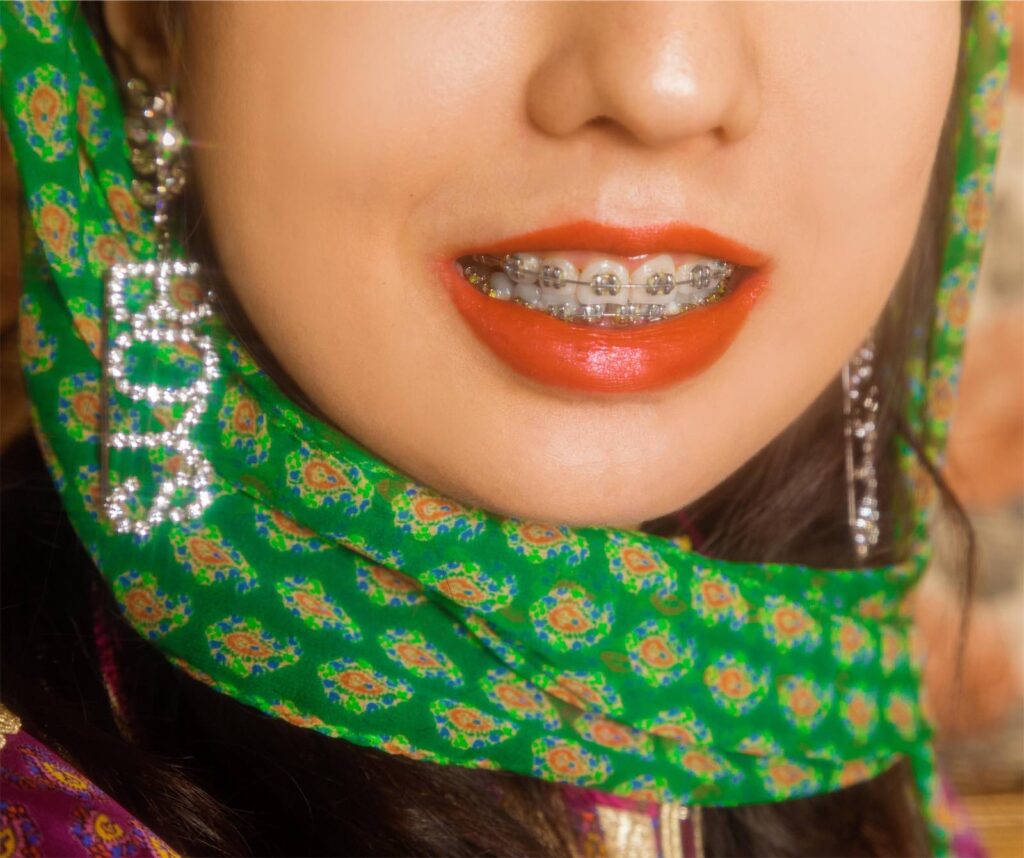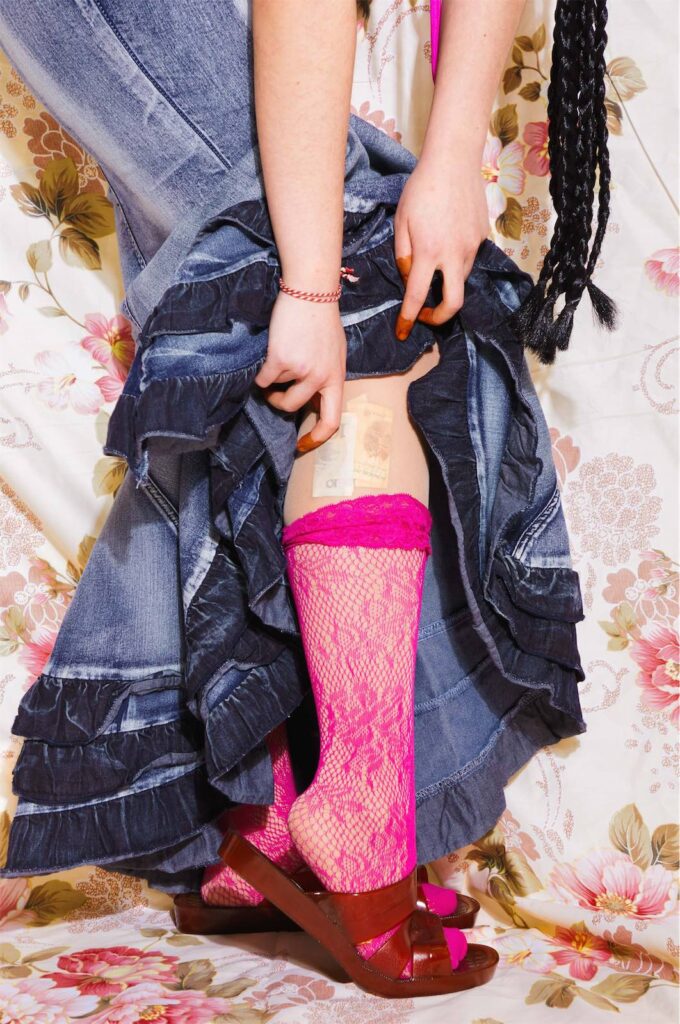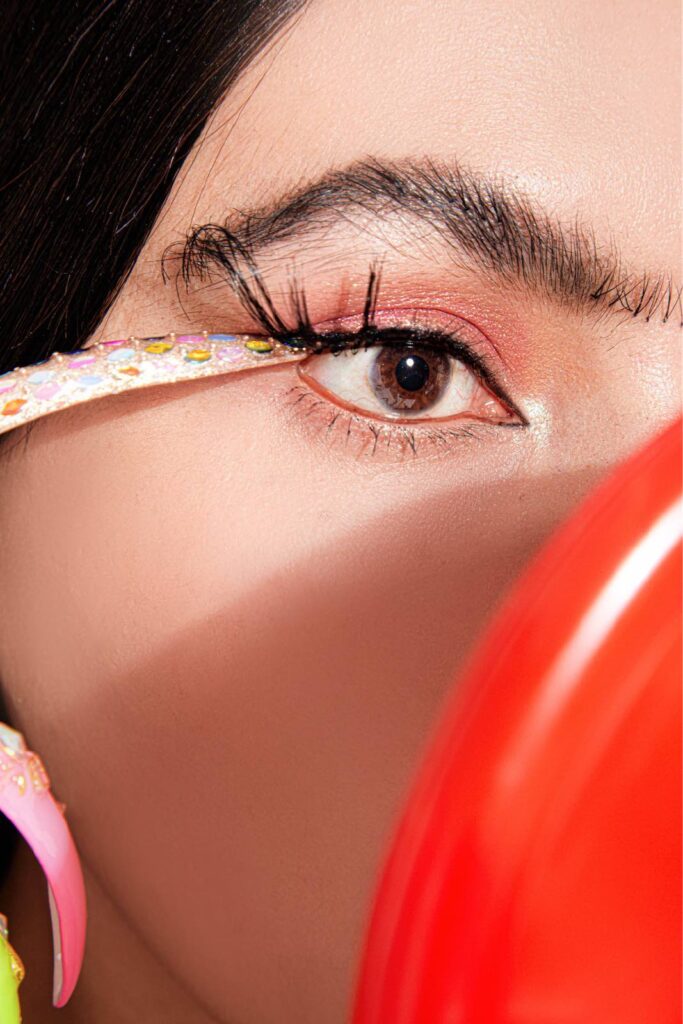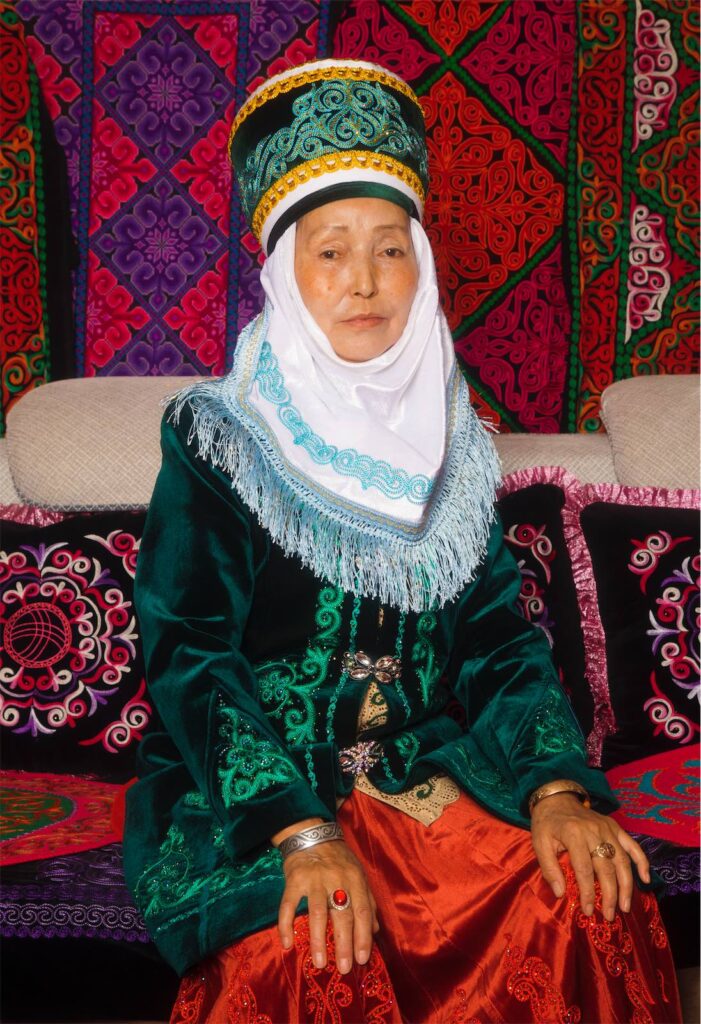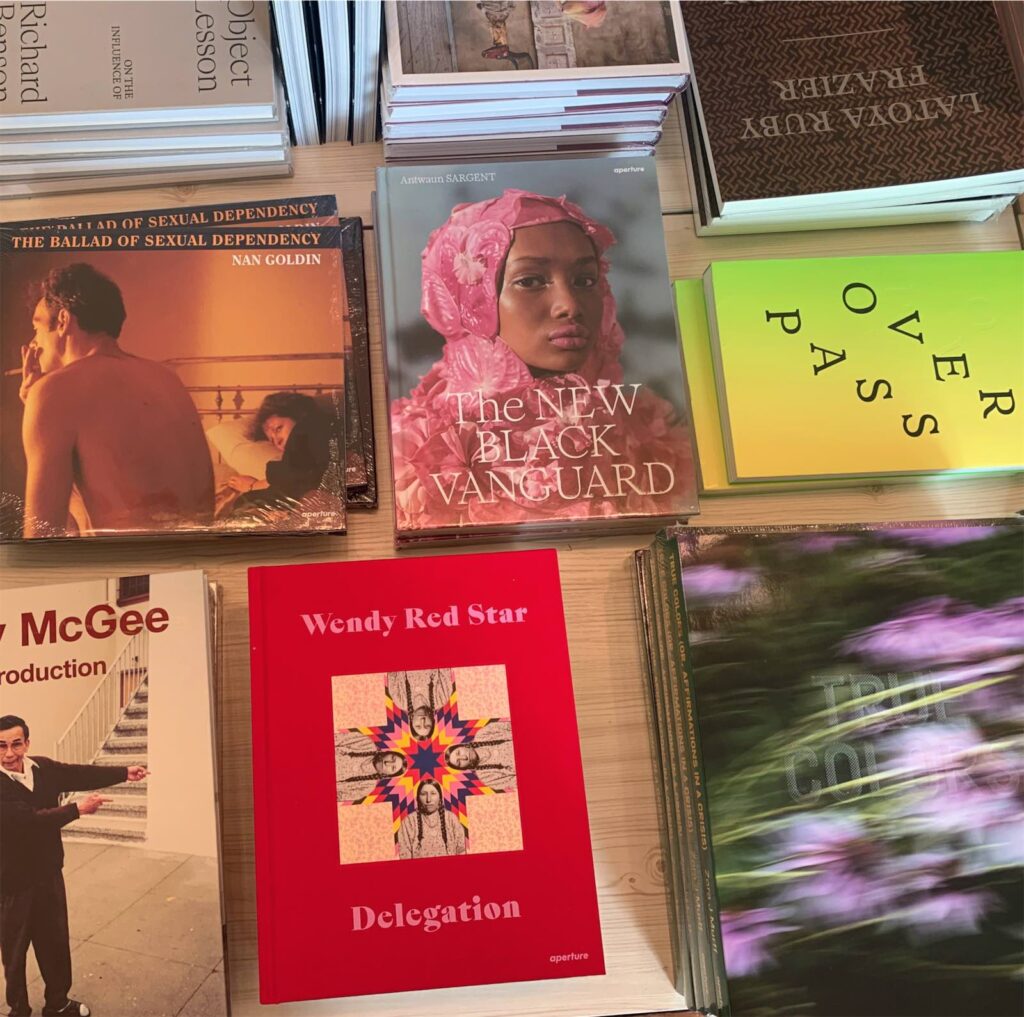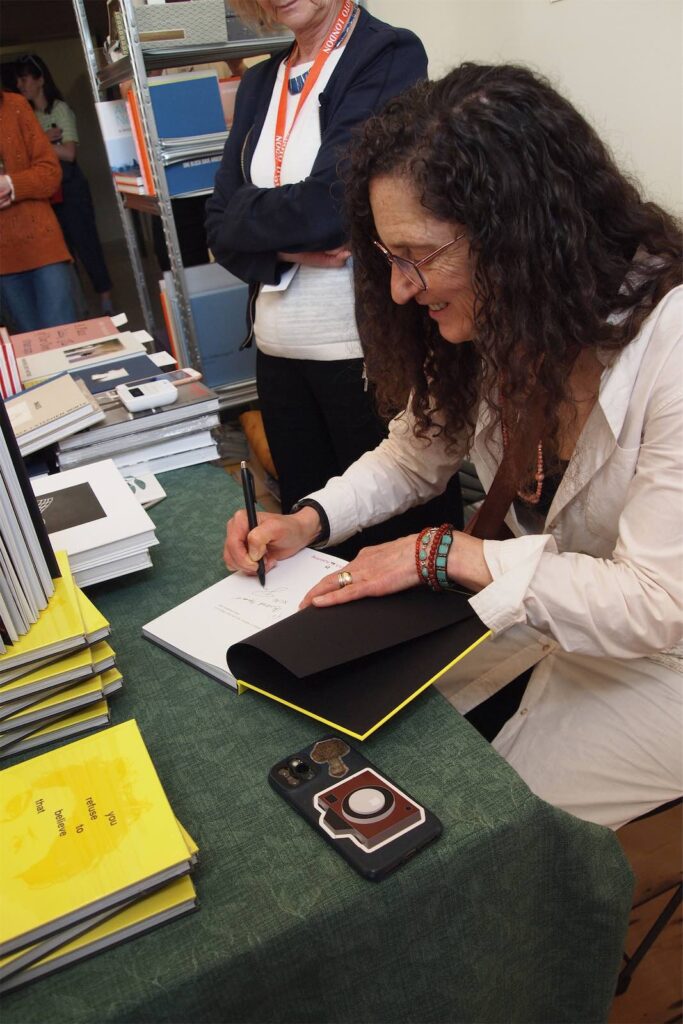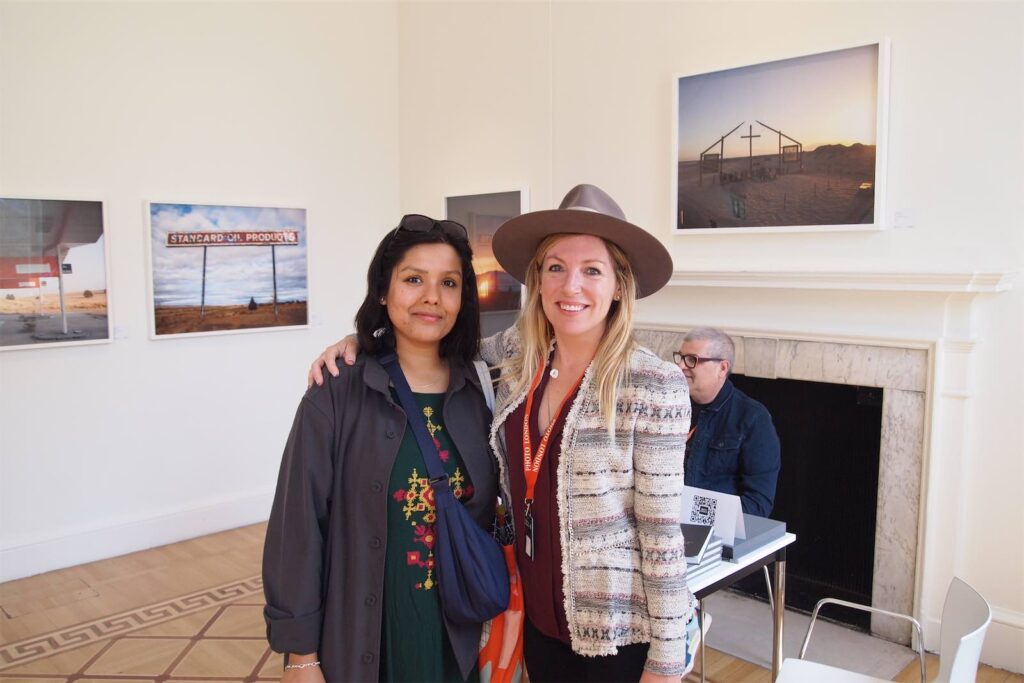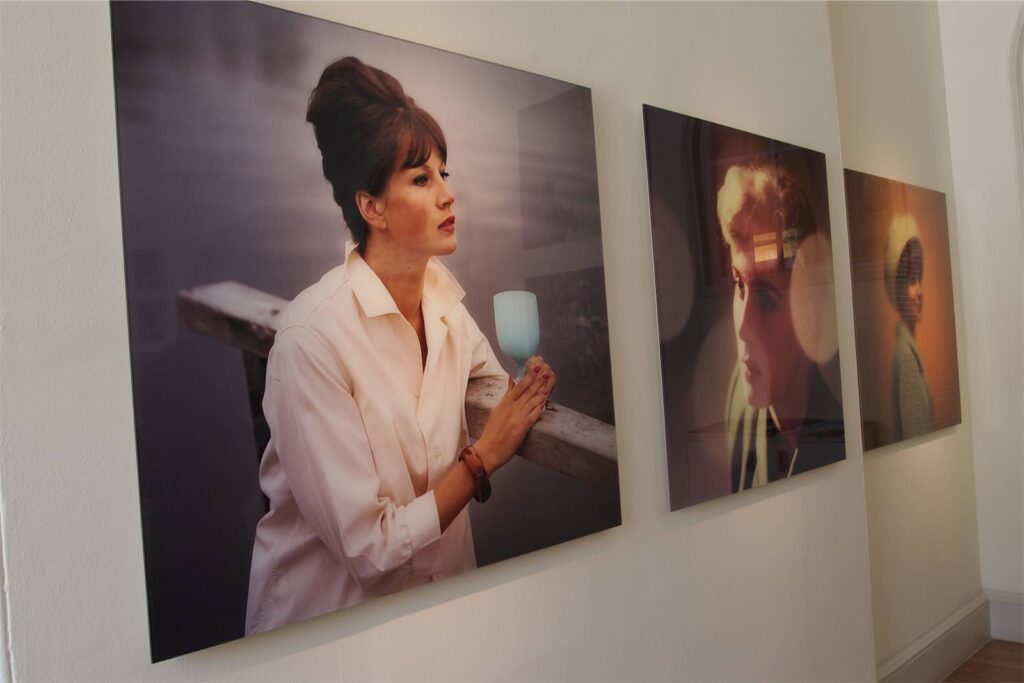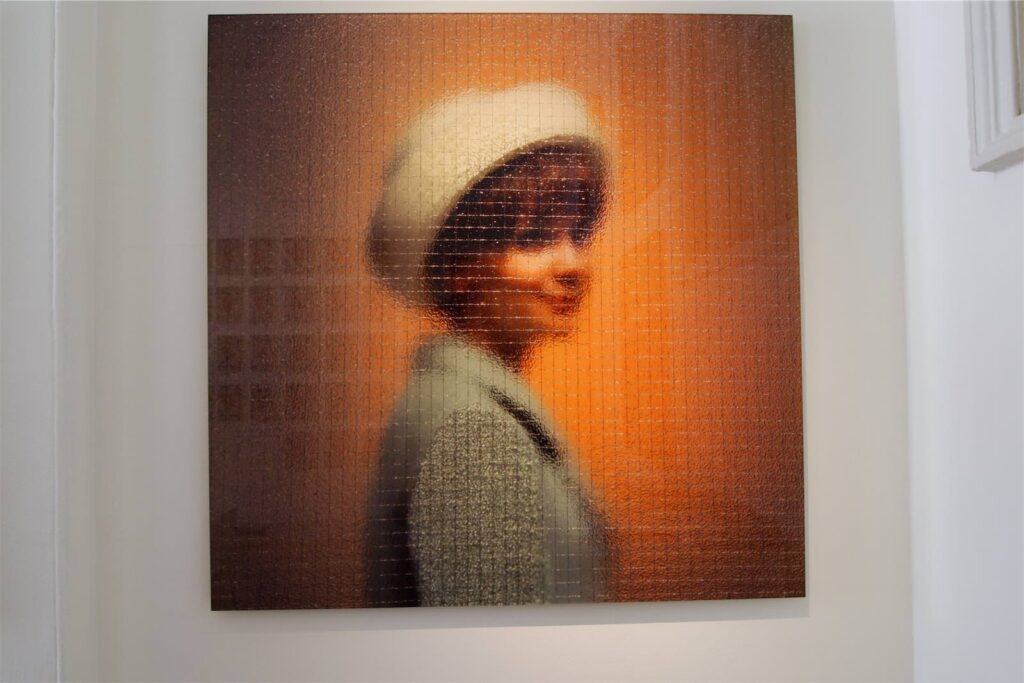Photo London
My Observations by Shyama Laxman
As a first time visitor to Photo London 2023, I was initially overwhelmed. Now in its eighth iteration, this year’s fair comprised 125 exhibitors from 55 cities across the globe. Spread across the sprawling grounds of Somerset House, there was something to be discovered behind every door. Maps were available at Seamen’s Hall, but as someone who’s ill-equipped to read a map, I let myself be guided by instinct.
As is to be expected, Photo London 2023 paid homage to several Contemporary Heroines, including Heather Agyepong, Anna Fox, Helen Sear, Karen Knorr and Yan Wang Preston. But an event like this is also a great opportunity to discover new artists.
Confession time: While I may or may not have made a concerted effort to look at works by just women artists, I felt more drawn towards names and images that were from other parts of the world, including South East Asia, Africa, and the Caribbean. I believe that a diversification of voices is crucial so that art becomes more accessible, and continues to remain relevant in our changing milieu. Either way, it was interesting to find more women artists who are deserving of the spotlight.
Some names that stood out were…
- Hailun Ma, an emerging photographer from China, uses her lens to tell local stories that are a nod to her upbringing and experiences in Xinjiang and New York City. “What I shoot is always about home—it’s very instinctive and emotive” says Hailun in a 2022 interview with Vogu Her work relies on the stylistic elements of fashion photography while preserving the cultural integrity of her sitters, to present a diverse and relatable narrative of the lives of Chinese people.
- Eliza Hatch is a British photojournalist, activist and founder of ‘Cheer Up Luv’, a photojournalism series that she started in 2017, to raise awareness of the issue of sexual harassment faced by women. Consisting of individual portraits with a first-person account of the incident, this series is a powerful visual documentation of every woman’s lived reality across the globe. By offering the women a platform to speak about the incident, Eliza gives the power back to these women.
- Bindi Vora is a British-Indian multidisciplinary artist who is interested in “how ideas of resistance and resilience are influenced by our everyday surroundings”. Her practice combines collage, linguistics, and archival found photography, and has been exhibited in countries including the UK, Serbia and Singapore. Her latest work,Mountain of Salt, “traces the interweaving social, political and ideological arcs of the early phases of the pandemic, the post-Brexit era, and Black Lives Matter, landing squarely on the potency of language”.
- Atong Atem is an award-winning Ethiopian-born South-Sudanese artist and writer living and working in Australia, who explores personal and political concepts through portraiture. Arriving in Australia as a refugee aged six, Atong’s formative years were spent studying art history, and coming to terms with a “European art hegemony that depicted people of colour in a damaging and unrealistic form”. Now seeking to break this tradition with her colourful, theatrical portraits, she believes that “to be overtly political but also totally accessible, and also [produce something] beautiful – that is an underrated skill”. Atong is one of the artists participating in the A World in Common: Contemporary African Photography exhibition, on display at the Tate until January 2024.
- Nasim Nasr is an Iranian-born, Australia based artist whose practice is an exploration of the transience of cultural and personal identities. Working with video, photography, performance and 3D objects and sound, Nasim’s works “highlight notions of cultural difference as experienced in her past and present homelands, between West and East”. As an immigrant woman myself, I was particularly struck by the images from her series Forty Pages, wherein Nasim uses her body as a site for collecting immigration stamps, as she comes to terms with her Iranian and Australian identities.
Old is Gold
An event like Photo London 2023 also offers a rare opportunity to explore the works Historical Heroines under one roof. I took a trip down memory lane with these Heroines.
Edith Tudor-Hart, an Austrian-British photographer and spy for the Soviet Union, whose images were informed by her Communist ideals and served as a medium for exposing the conditions of the working class.
Grace Robertson, a British photographer, known for her Picture Post photographs including the series Mother’s Day Off and Childbirth. Grace took to photography after being inspired by a mundane scene that was rife with narrative potential — “I was standing watching two women talking, it was drizzling, and a bike had fallen over. And suddenly this butcher, whom I loathed, became a picture”.
Dorothy Bohm, a German-born British-based photographer known for her street photography, and early adoption of colour, Dorothy was regarded as one of the doyennes of British photography. “I have spent my lifetime taking photographs. The photograph fulfils my deep need to stop things from disappearing. It makes transience less painful and retains some of the special magic, which I have looked for and found. I have tried to create order out of chaos, to find stability in flux and beauty in the most unlikely places.”
Shirley Baker, a British photographer known for her street photography and portraits taken in the working-class districts of Salford and Manchester. In her own words: “I love the immediacy of unposed, spontaneous photographs and the ability of the camera to capture the serious, the funny, the sublime and the ridiculous. Despite the many wonderful pictures of the great and famous, I feel that less formal, quotidian images can often convey more of the life and spirit of the time.”
Claire Aho, a Finnish photographer notable for her pioneering editorial photography and innovative use of colour, first held a camera aged 10. Regarded as the Grand Old Lady of Finnish Photography, Claire began working as a commercial photographer in the 1940s, at a time when not many women worked in this industry. Her oeuvre included fashion and food photography. In the 1950s, Claire established a studio in Helsinki, dealing with all aspects of the creative process including casting, styling, set design, developing and printing the images.
Books Worth Reading
While at Photo London, one cannot miss the ‘Publishers’ display. Comprising stalls by Aperture, Hoxton Mini Press, and Dewi Lewis Publishing, this section of the fair provoked the most visceral reaction in me. The intoxicating smell of paper and ink, so delicious that you want to eat it; hide your face among the pages of the books and never look up again. Suddenly, all thought of art and intellectualism was briefly replaced by a strong urge to grab a photo book, run my fingers along its crisp pages and take a deep whiff.
Also, how can you enter a book stall and not buy some? These are the ones I picked up. Once I have taken in the smell of every single book, they will available for browsing in the Hundred Heroines’ library, which is growing its collection of books by leading women photographers, photography magazines and journals as well as practical ‘how-to’ publications. Opening times are 10:30 – 16:00 on Thursdays, Fridays, Saturdays & Sundays.
Country Girls is a collaborative project between Contemporary Heroine Anna Fox and musician Alison Goldfrapp. Comprising portraits of Alison dressed in her mother’s clothes from the 1950s and 60s, to being in the nude, this book harks back to the brutal murder and dismemberment of an eight-year-old girl named Fanny Adams in Flood Meadows in Hampshire in 1867. Using a crime committed over 100 years ago as source material, Country Girls is a stark reminder that not much has changed when it comes to violence against women.
You Refused to Believe That You Ever Liked Pink by American artist Dena Eber is an account of her daughter Margaret’s new identity as the non-binary Alex. Comprising photographs and screenshots of text conversations between Dena and Alex, the book is not just about Margaret’s transition to Alex, but also Dena’s evolution as a mother.
Memory of a Space by American artist Jessie Chaney is, as the name suggests, a reimagining of spaces from the past. Developed over several years, this book is a compilation of images of abandoned locations that Jessie encountered during her travels across America, serving as reminders of how the country has changed. “She captures beauty in decay, energy where everything seems dead, and hope in the seemingly forever lost” remarks Gordon Craig in an essay accompanying the book.
Italian artist Francesca Catastini’s Petrus is a reflection on the rhetoric of masculinity in Western culture, while The Modern Spirit Is Vivisective presents vivisection as an “aesthetic performance. Acting as both the victim and the artist, she dissects the very notion of scopophilia, blindness and the human quest for knowledge”.
Embrace by Indian-born American artist Rohina Hoffman is a “visual examination of how life’s simple pleasures expand the quality of human existence and how that expansion helps an individual to secure their identity”. The book combines two of her previous projects, In Gratitude and Generation 1.75. Comprising portraits of people posing with food, and interspersed with poetry and an essay by Rohina which reads like a journal entry, Embrace is an intimate examination of family, immigration, and uncertainty.
As I Was Wrapping Up …
I had the opportunity to share a coffee table with Contemporary Heroine Zarina Bhimji, who unassumingly introduced herself over an espresso. She was curious, and apologised for her many questions: where am I from; what do I write about; what did I think of the fair? To be honest, I am not sure what I think about the fair. But I have been wondering where Photo London sits in the current economic and artistic climate. Is it the need of the hour, or more of an escape from the daily rigours of life? I am still searching for an answer.

